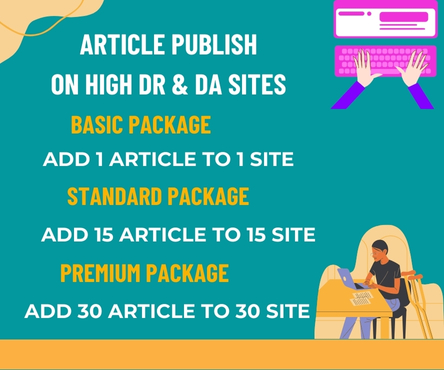In today’s digital landscape, having a solid online presence is no longer a luxury, but a necessity for businesses of all sizes. SEO optimization is a crucial aspect of digital marketing that can make or break your online visibility. With millions of websites competing for attention, it’s easy to get lost in the noise. That’s why having a comprehensive SEO checklist is essential to ensure your business stands out from the crowd.
Keyword Research: The Foundation of SEO
Keyword research is the backbone of any successful SEO strategy. It’s the process of identifying the words and phrases your target audience uses to search for products or services like yours. To get started:
- Brainstorm seed keywords: Write down a list of keywords related to your business, product, or service.
- Use keyword research tools: Utilize tools like Google Keyword Planner, Ahrefs, or SEMrush to expand your list and gain insights into search volume, competition, and cost-per-click.
- Identify long-tail keywords: Target longer, more specific phrases that have lower competition and higher conversion rates.
On-Page Optimization: Fine-Tuning Your Website
On-page optimization involves optimizing individual web pages to rank higher in search engines. Make sure to:
- Optimize title tags: Write unique, descriptive, and keyword-rich title tags for each page.
- Write compelling meta descriptions: Craft enticing and informative meta descriptions that include your target keywords.
- Use header tags: Organize your content with header tags (H1, H2, H3, etc.) to improve readability and structure.
- Optimize images: Use descriptive alt tags, file names, and captions that include target keywords.
- Internal linking: Create a clear hierarchy of pages and link to relevant content to improve user experience and help search engines understand your site’s structure.
Content Creation: The Key to Attracting and Engaging Your Audience
High-quality, engaging, and informative content is essential for attracting and retaining a clearly defined audience. To create SEO-friendly content:
- Develop a content strategy: Plan and create content that addresses the needs and pain points of your target audience.
- Write for users, not search engines: Focus on creating content that’s valuable, informative, and engaging for your audience.
- Use a conversational tone: Write in a friendly, approachable tone that mirrors how people communicate online.
- Keep it concise and scannable: Break up long blocks of text with subheadings, bullet points, and short paragraphs.
Technical SEO: Ensuring Your Site is Crawlable and Indexable
Technical SEO involves optimizing your website’s underlying structure and technical aspects to improve crawlability, indexability, and overall performance. Make sure to:
- Use an SSL certificate: Install an SSL certificate to ensure your site is secure and trusted by search engines.
- Optimize site speed: Ensure your site loads quickly (less than 3 seconds) to improve user experience and search engine rankings.
- Use a responsive design: Ensure your site is mobile-friendly and adapts to different screen sizes and devices.
- Regularly update and maintain your site: Fix broken links, update outdated content, and ensure your site is free from technical issues.
Local SEO: Targeting Local Search Results
If your business serves a specific geographic area, local SEO is crucial for attracting local customers. To optimize for local search:
- Claim and verify your Google My Business listing: Claim your listing, verify your business, and optimize your profile with accurate and up-to-date information.
- Use location-specific keywords: Include location-specific keywords in your content, title tags, and meta descriptions.
- Create content that’s relevant to your local audience: Develop content that addresses the needs and interests of your local audience.
Tracking and Measuring Performance: The Key to Continuous Improvement
To ensure your SEO efforts are paying off, it’s essential to track and measure performance regularly. Use tools like Google Analytics and Search Console to:
- Monitor keyword rankings: Track your keyword rankings to see how your SEO efforts are impacting your visibility.
- Analyze website traffic: Monitor website traffic to see how many visitors are arriving at your site and which pages they’re visiting.
- Track conversions: Set up conversion tracking to measure the impact of your SEO efforts on your business’s bottom line.

